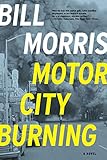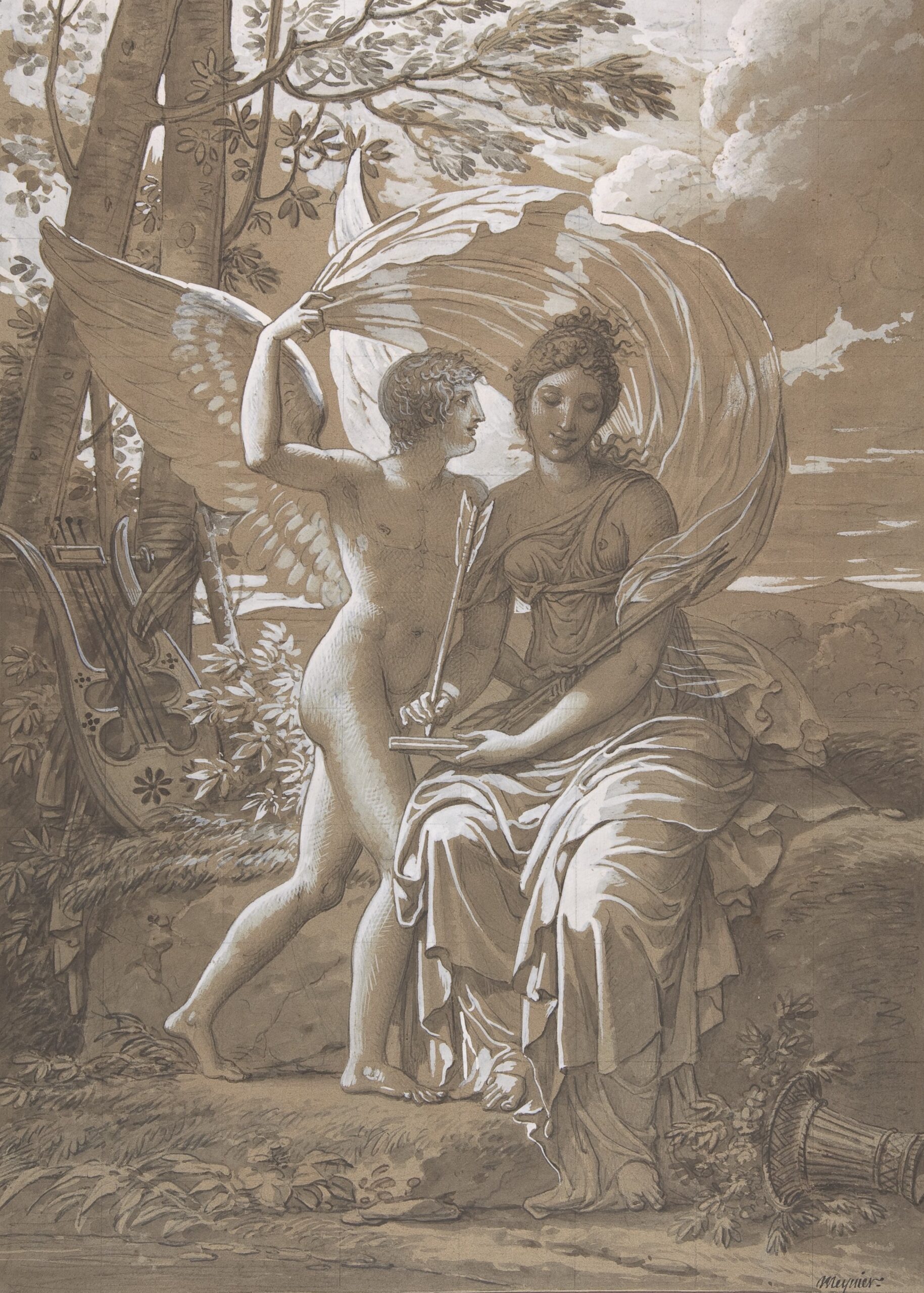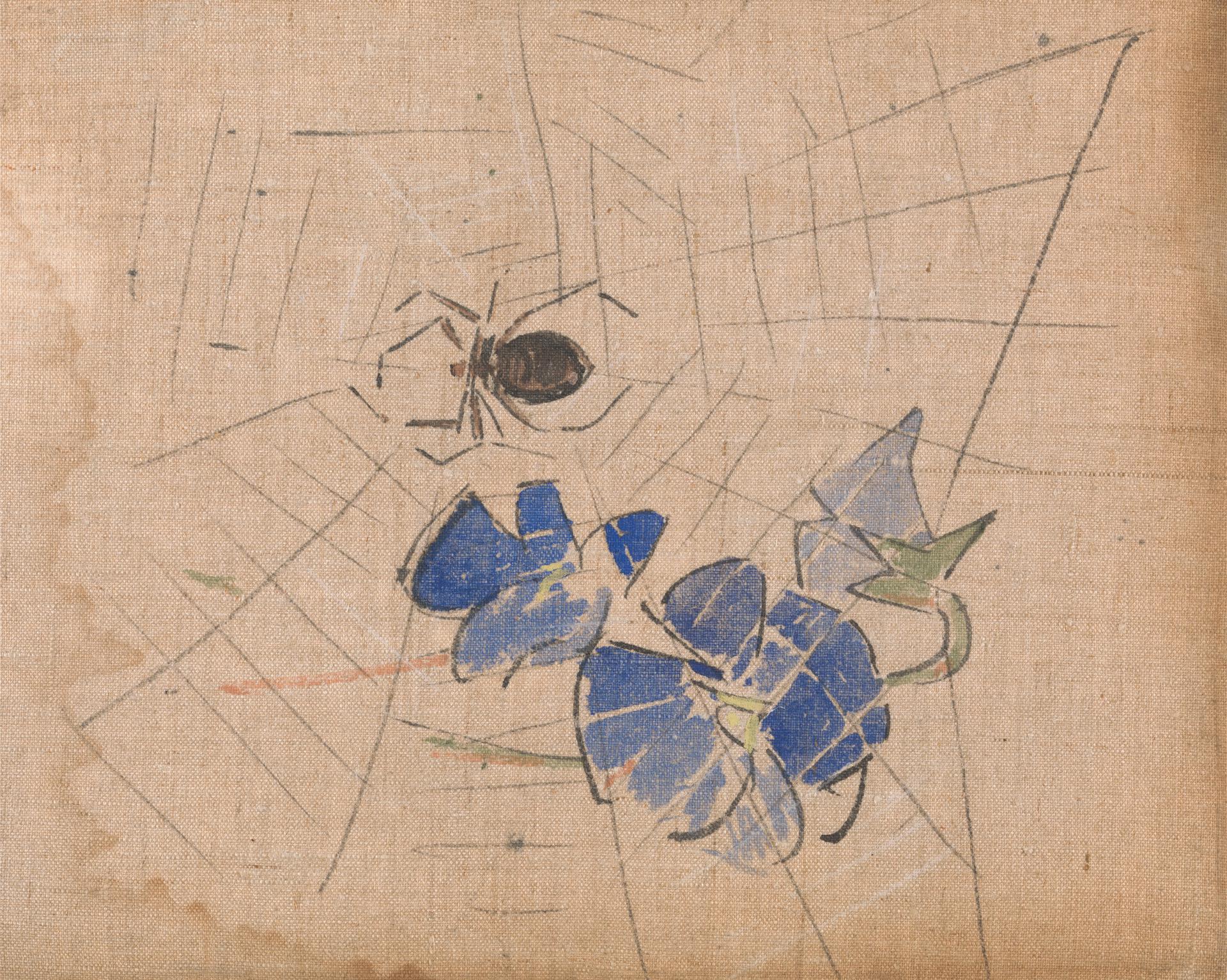You meet the strangest people on a book tour. One of the strangest – in the good sense – that I’ve met so far on my current tour was standing in a crowded Detroit bar sporting a 1970s Detroit Tigers jersey, a pair of bushy muttonchops and a cumulus cloud of curly hair that made him look like the drummer in a heavy metal band. I recognized the guy instantly. Our pictures were side-by-side in the front window of Nicola’s Books in Ann Arbor, where we had just given readings from our new books on successive nights.
“Excuse me,” I said. “Are you Dan Epstein?”
“That’s me,” he said, smiling as he shook my hand. “And you’re Bill!”
I admitted I was, and a writerly friendship was born. We had come to this saloon, Nemo’s, on the thinnest of literary pretenses. The occasion was the annual “Bird Bash,” a loopy celebration of one of the loopiest players ever to wear a Detroit Tigers uniform, Mark “the Bird” Fidrych, whose star blazed brightly but briefly in the summer of 1976, when he was the American League’s starting pitcher in the All-Star game, won Rookie of the Year honors, and captured the hearts of baseball fans across the nation with antics that included talking to baseballs, getting down on his hands and knees to smooth the pitcher’s mound, and returning a ball to the umpire if he sensed “it had a hit in it.” He got his nickname because his gangly physique and mop of fizzy hair reminded people of Big Bird on “Sesame Street.”

 Epstein and I were supposed to read from our books during the “Bird Bash” because both books have strong ties to Detroit and the Tigers. Epstein’s Stars and Strikes: Baseball and America in the Bicentennial Summer of ’76, includes a loving portrait of Fidrych’s remarkable rookie season; and my novel, Motor City Burning, opens at Tiger Stadium on the Opening Day of the 1968 season and, with flashbacks to the previous summer’s riot, follows the team’s progress to their victory over the St. Louis Cardinals in the ’68 World Series. Beyond all that, Epstein and I attended our first big-league ballgames at Tiger Stadium (mine was at age 9 in 1961, his was at age 10 in 1976), and we both remain fans of the team to this day.
Epstein and I were supposed to read from our books during the “Bird Bash” because both books have strong ties to Detroit and the Tigers. Epstein’s Stars and Strikes: Baseball and America in the Bicentennial Summer of ’76, includes a loving portrait of Fidrych’s remarkable rookie season; and my novel, Motor City Burning, opens at Tiger Stadium on the Opening Day of the 1968 season and, with flashbacks to the previous summer’s riot, follows the team’s progress to their victory over the St. Louis Cardinals in the ’68 World Series. Beyond all that, Epstein and I attended our first big-league ballgames at Tiger Stadium (mine was at age 9 in 1961, his was at age 10 in 1976), and we both remain fans of the team to this day.
 But the mob at Nemo’s wasn’t thinking about our books. After watching a videotape of Fidrych’s breakout victory over the Yankees on a “Monday Night Baseball” broadcast from 1976, the crowd trooped one block to the corner of Michigan and Trumbull, where Tiger Stadium stood until its demolition in 2009, and where volunteers called the Navin Field Grounds Crew still tend the hallowed ballfield. After watching a guy re-enact some of the Bird’s antics, we all went back to Nemo’s to drink more beer and listen to a DJ spin “The Bird Is the Word,” some Stevie Wonder, K.C. and the Sunshine Band, and Kiss’s “Detroit Rock City.”
But the mob at Nemo’s wasn’t thinking about our books. After watching a videotape of Fidrych’s breakout victory over the Yankees on a “Monday Night Baseball” broadcast from 1976, the crowd trooped one block to the corner of Michigan and Trumbull, where Tiger Stadium stood until its demolition in 2009, and where volunteers called the Navin Field Grounds Crew still tend the hallowed ballfield. After watching a guy re-enact some of the Bird’s antics, we all went back to Nemo’s to drink more beer and listen to a DJ spin “The Bird Is the Word,” some Stevie Wonder, K.C. and the Sunshine Band, and Kiss’s “Detroit Rock City.”
As the beer and music kicked in, it became apparent to Epstein and me that reading from our books would be pointless, so we struck up a conversation that’s still going on weeks later by telephone. After reading both of his fine books – the first one is called Big Hair and Plastic Grass: A Funky Ride Through Baseball and America in the Swinging ‘70s – I told Epstein his writing had helped bring about a seismic shift in my thinking. During the 1970s, when I was getting started as a professional writer, I tuned out all the cheesy pop culture of an era I regarded as a stylistic Sargasso – disco music, hideous cars, atrocious fashions and hairstyles and, yes, baseball played on AstroTurf by guys in gaudy polyester uniforms. In Epstein I discovered a smart writer who actually reveled in the cheesiness of the ‘70s. And he did it without the killing smirk of irony.
Baseball in the ‘70s, as he wrote in Big Hair, “exuded an edgy (and palpably exciting) anything-goes vibe, one that has long vanished from the game as we know it. In recent years, for example, the Atlanta Braves have held a ‘Faith Day’ promotion, featuring performances by Christian rock bands and testimonials from Braves players about how Jesus turned their lives around. This is the same team that, back in 1977, drew more than 27,000 fans for a ‘Wet T-Shirt Night’ competition. Give me the 1970s, any day.”
Amen, brother.
Epstein’s books also make the valid point that prior to the 1970s, baseball players and other professional athletes lived in their own cocoon, insulated from the concerns of the rest of American society. (It could be argued that they’ve returned to the cocoon.) But in 1970 the cocoon started unraveling. Jim Bouton published Ball Four, which dared to point out that baseball players were not the clean-cut, clean-living heroes of popular myth but, as often as not, a gaggle of skirt-chasing boozers and pill-popping reprobates. That same year, Pittsburgh Pirates pitcher Dock Ellis threw a no-hitter while zonked on LSD. The fun was just beginning.
And there’s fun on every page of Epstein’s two books. One pitcher’s anemic fastball “wouldn’t have cracked the bubble window of an AMC Pacer.” The perms worn by numerous players “made them look like high school math teachers who hoped to get lucky at the local disco during the upcoming weekend.” And Peter Frampton’s live album from 1976 “oozed ingratiatingly mellow vibes across its four sides, making it the aural equivalent of a Maui Wowie-enhanced cruise along the California coastline in a Camaro.” The man can write.
As Epstein puts it, “Drugs, fashion, pop music, political upheaval, Black Power, the sexual revolution, gay revolution – all of these things left their mark upon ‘70s baseball in ways that would have been unthinkable just a few years earlier, and might be just as unthinkable now.”
This is where our books overlap. Big Hair and Motor City Burning both use baseball as a mirror of current events. Epstein, who has written extensively about music, is a rigorous researcher. Here is his take on the 1967 riot that’s at the center of my novel, an event he uses to illustrate how pre-‘70s baseball players were out of touch with what was happening in the streets outside of major-league ballparks:
In his book, The Tigers of ’68, George Cantor acknowledges this complete disconnect, citing as an example the July 23, 1967 doubleheader between the Yankees and Tigers at Tiger Stadium, which the teams played to completion while the deadliest, most destructive riot of the 1960s raged in the surrounding streets. “It was as if the stadium was wrapped in a cocoon,” Cantor writes, “untouched by the catastrophe that was engulfing the city.” He goes on to note that the era’s “Vietnam protests and rallies, love-ins and acid trips were part of a parallel reality, one that did not intrude on baseball’s space.” In the 1970s, that cocoon would pop, and those two parallel realities would collide head-on, resulting in the most colorful era in baseball history.
Well, yes and no. One thing Epstein fails to mention about that July 23, 1967 doubleheader is that after the second game, the Tigers’ popular black slugger and Detroit native Willie Horton, still wearing his uniform, went out into the city’s chaotic streets and begged the rioters to go home. He was heckled and pelted with debris, and the city of Detroit continued to burn.
But Horton’s futile heroics were the exception that proved Cantor’s rule. And Epstein’s point about ‘70s baseball is valid – for better and for worse, it was the most colorful era in baseball history, with its Technicolor polyester uniforms, AstroTurf in ashtray stadiums, free agency, the designated hitter, night-time World Series games, women sportswriters in the locker room, long hair, and mustaches and muttonchops, goofy promotions and goofy players like the Bird, on-the-field brawls and off-the-field shenanigans.
As we stood there in Nemo’s, I remarked to Epstein that K.C. and the Sunshine Band sound a lot better to me today than they did 40 years ago. When the DJ played “Show Me the Way,” I added that Peter Frampton still sucks as bad as he sucked in 1976.
Epstein laughed. “Growing up in the ‘70s, I loved the pop music and the disco and the movies,” he said. “For a 10-year-old kid, Boston’s first album was a magic box. It just made me happy. And listen to a Chic record today – and realize they did it without synthesizers! Eventually I got into soul and funk and Blaxploitation flicks. The reason I wanted to write Big Hair was because it was the era when I fell in love with the game. Then, in the process of researching the era, I fell in love with the era too. But I also have the sense, from the drugs and the war protests and the political scandals, that those were fucked-up times.”
Which goes a long way toward explaining why they’re suddenly becoming so interesting to me.
With his six months of book promotions winding to a close, Epstein and his wife, Katie Howerton, were getting ready to return to their home in Los Angeles. I asked him the question every writer dreads: “So what are you working on next?”
“If I do another book about ‘70s baseball, I’ll be the ‘70s baseball guy forever,” he said. “There’s nothing wrong with that, but maybe I should expand. The logical thing would be to write about the ‘80s. But what’s there to write about other than Ronald Reagan, Madonna, crack cocaine and The Wave? I get the hives just thinking about it.”
Whatever he decides to write, I hope he gets busy. I’ll buy any book with Dan Epstein’s name on the cover.












